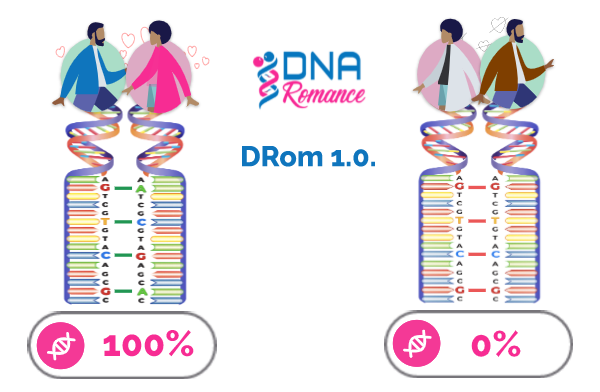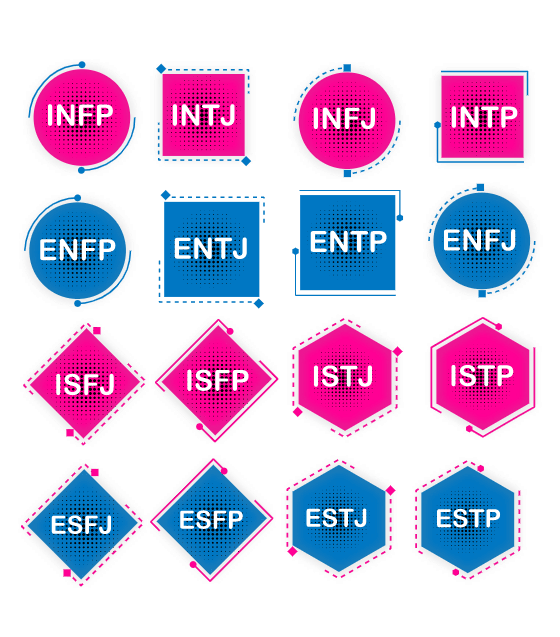La scienza dietro la compatibilità nelle relazioni.
DNA Romance prevede la "Chimica" online utilizzando il DRom 1.0 algorithm. Questo algoritmo valuta 100 marcatori specifici all'interno del tuo DNA, concentrandosi su geni dimostrati coinvolti nell'attrazione e nella riproduzione. Studi hanno dimostrato che le persone con marcatori DNA variabili nel Complesso Maggiore di Istocompatibilità (MHC) tendono a trovare il profumo degli altri attraente e spesso godono di relazioni romantiche più durature..
'DRom 1.0 Prevede Chimica e Parenti di Incompatibilità'

DNA Romance también pronostica compatibilità della personalità Utilizzando tipi di personalità derivati da test psicometrici, e consente agli utenti di valutare. 'interessi comuni condivisi utilizzando filtri' 'e'. attrazione fisica Basato sulle fotografie della loro partita. DNA Romance. second genetic algorithm DRom 2.0 Utilizza un modello di intelligenza artificiale addestrato con marcatori DNA rilevanti per prevedere con elevata precisione i tratti fenotipici. DRom 2.0 integra DNA Romance's. meccanismo di verifica del profilo che presenta molteplici livelli di controlli che aiutano a indicare meglio l'autenticità del profilo utente.
Valutazione di compatibilità della personalità.
Come interagiscono i diversi tipi di personalità nelle relazioni.
Esplora il nostro
valutazione della compatibilità della personalità
ispirato ai rinomati 16 tipi di personalità di Jung/Myers-Briggs. Sviluppato oltre un secolo fa dallo psichiatra svizzero Dr. Carl Jung e successivamente perfezionato da Isabel Briggs Myers e Katherine Briggs, questo test psicometrico ha resistito alla prova del tempo. Riconosciuto come Myers-Briggs Type Indicator®, è ampiamente utilizzato in psicologia organizzativa.
DNA Romance utilizza questo algoritmo di compatibilità della personalità per prevedere potenziali connessioni tra single e coppie. Gli algoritmi di DNA Romance assegnano strategicamente punteggi di compatibilità più elevati ai tipi di personalità simili e punteggi più bassi a quelli che potrebbero entrare in conflitto..
